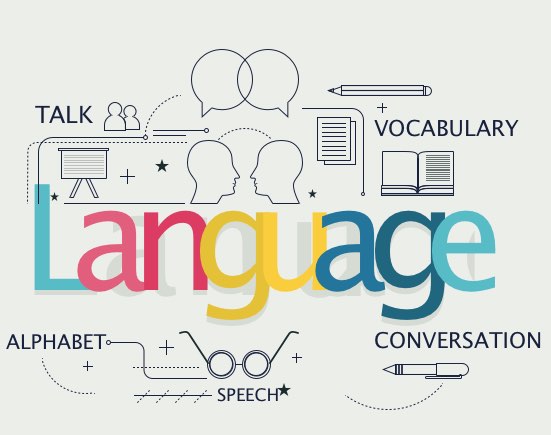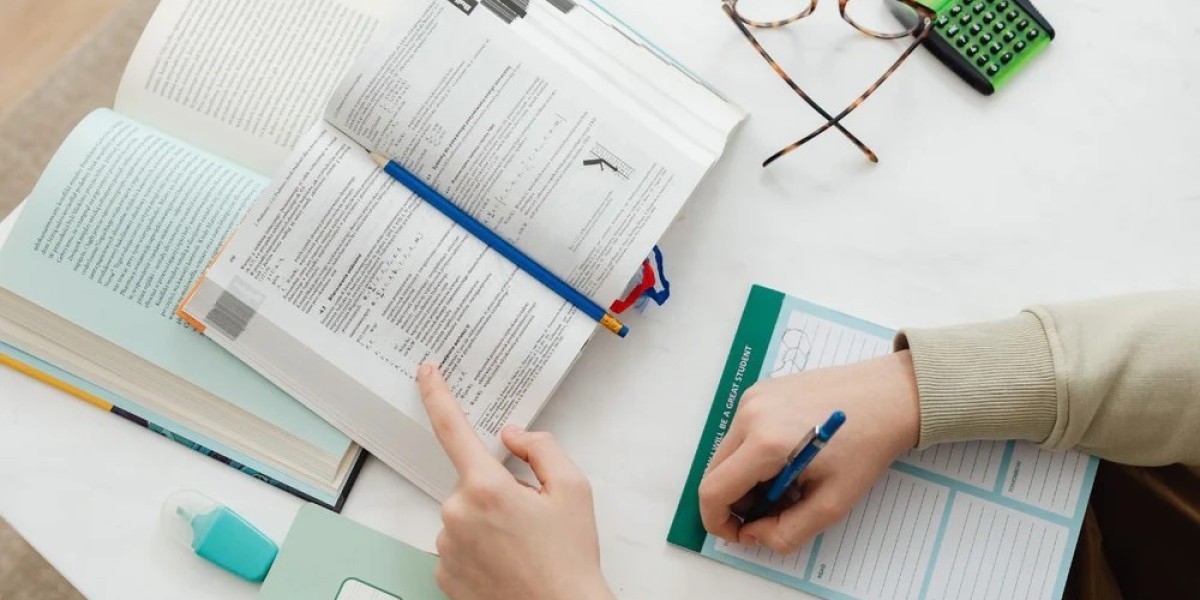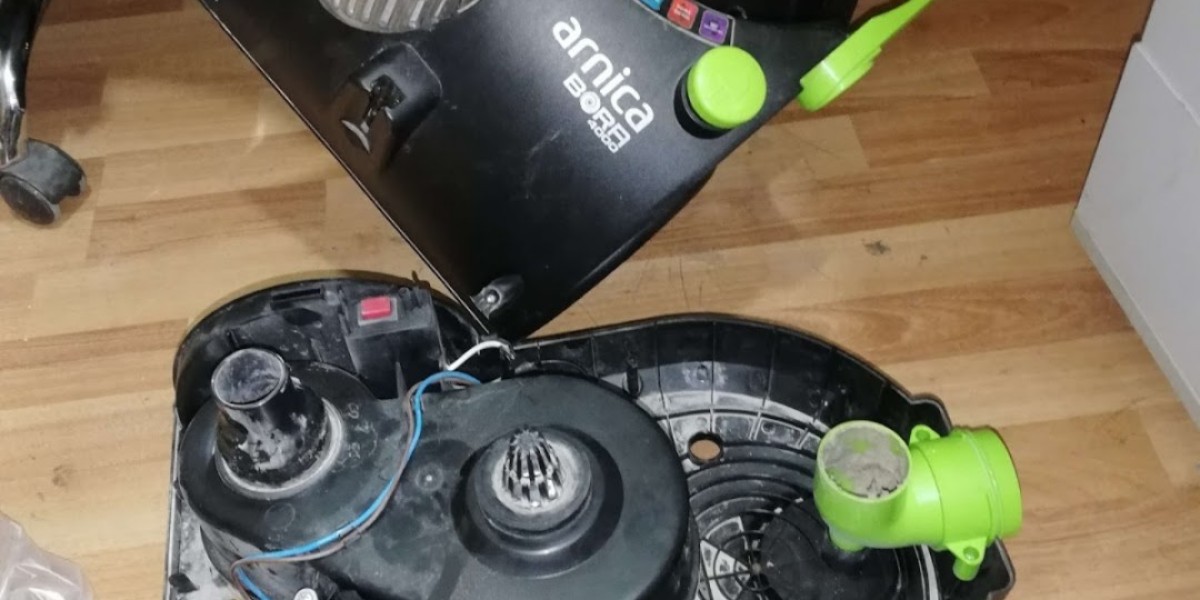Whether you're aiming to become fluent in Spanish, Mandarin, French, or any other language, the key to success lies in setting realistic, measurable goals. Without a clear and attainable roadmap, learners often become overwhelmed or discouraged. This article explores how to set achievable goals for language fluency while staying motivated and on track.
Why Realistic Goals Matter in Language Learning
When you start learning a new language, it’s easy to fall into the trap of unrealistic expectations. Some expect to become fluent in just a few weeks, only to be disappointed when progress doesn’t match their hopes. Setting goals that align with your time, lifestyle, and learning style can prevent burnout and keep your enthusiasm alive.
Realistic goals help you measure your progress in tangible ways. Instead of chasing vague ideas like “I want to speak fluently,” you can focus on specific milestones—like holding a five-minute conversation, understanding a movie without subtitles, or writing a short email.
Defining Language Fluency: What Does It Really Mean?
Before setting goals, it's important to define what fluency means to you. For some, fluency might mean being able to travel and communicate casually with locals. For others, it may mean handling professional conversations or understanding technical documents.
Fluency is not just about perfect grammar or an accent-free voice. It’s about the ability to express yourself and understand others in real-life situations. Ask yourself:
Do I want conversational fluency or academic fluency?
Will I use this language socially, professionally, or both?
Am I aiming for speaking, reading, writing, or all three?
The answers to these questions will shape your learning strategy and help you prioritize the right goals.
The Common Question: How Long Does It Take to Learn a Language?
Many learners ask, how long does it take to learn a language ? The answer depends on various factors including the language’s difficulty, your native tongue, your motivation, and how much time you can commit. Languages closely related to your native language will typically take less time to learn.
For instance, a native English speaker might find it easier to learn Dutch or Spanish than Japanese or Arabic. Also, practicing a language daily—even for just 15–30 minutes—can produce better results than inconsistent long sessions. Instead of focusing solely on time, focus on consistency and gradual progress.

Setting SMART Goals for Language Fluency
A proven method for setting achievable goals is using the SMART framework—Specific, Measurable, Achievable, Relevant, and Time-bound. Here’s how to apply it to language learning:
Specific
Avoid vague goals like “I want to get better at French.” Instead, say “I want to be able to introduce myself and ask basic questions in French.”
Measurable
Choose goals that can be tracked. For example, “Learn 20 new vocabulary words every week” or “Hold a 10-minute conversation without switching to English.”
Achievable
Don’t aim to reach native-level fluency in three months. Start with attainable goals that build your confidence.
Relevant
Make sure your goals match your personal or professional needs. If you plan to work abroad, focus on business vocabulary and industry-related phrases.
Time-bound
Set deadlines. “Finish one beginner textbook in eight weeks” or “Watch a full movie without subtitles in three months” adds structure and urgency.
Short-Term vs Long-Term Language Goals
Breaking your overall fluency goal into short-term and long-term objectives helps you stay focused and motivated.
Short-Term Goals
These are smaller, manageable steps that keep you moving forward:
Memorize 100 new words in a month
Practice speaking with a tutor twice a week
Complete one lesson on a language app daily
Long-Term Goals
These reflect your end destination:
Hold a 30-minute conversation with a native speaker
Pass a language proficiency test (like DELF, JLPT, or HSK)
Travel abroad and navigate without using English
Balancing both types ensures you stay on track while celebrating small victories along the way.
Choosing the Right Resources and Learning Methods
The way you study affects how fast and effectively you progress. Use a combination of tools to keep learning engaging:
Apps like Duolingo, Babbel, or Memrise for daily practice
Textbooks and grammar guides for structured learning
Language exchange partners or tutors for real conversation practice
Podcasts, movies, and songs for listening and cultural immersion

Experiment to find what works best for you, and tailor your study plan to your preferences and schedule.
Tracking Progress Without Stress
Measuring your growth without putting too much pressure on yourself is essential. Consider keeping a language journal where you record:
New words or phrases you learned
Short stories or conversations you’ve had
Thoughts or reflections in your target language
You’ll be surprised how quickly your entries evolve from simple vocabulary to complex sentences.
Additionally, you can revisit materials you found difficult before—like re-watching a TV show or rereading an article—and notice how much more you understand. These small wins can be incredibly motivating.
Staying Consistent and Celebrating Progress
Consistency is more important than intensity. Daily practice—even for a short time—is better than occasional cramming. Establish a routine that fits your lifestyle, such as:
15 minutes of vocabulary review in the morning
Listening to a podcast during your commute
Practicing with a language partner once a week
Don’t forget to celebrate your milestones. Each time you hit a goal, reward yourself. Whether it’s watching a favorite film in your target language or buying a new book, recognizing your achievements fuels motivation.
Setting realistic goals for language fluency isn’t just smart—it’s necessary. By defining what fluency means to you, using the SMART method, and staying consistent, you’ll turn your language dreams into measurable results. Keep your goals personal, actionable, and flexible, and you’ll enjoy every step of the journey toward fluency.







